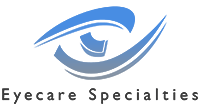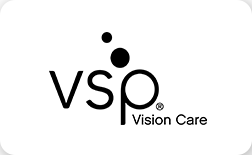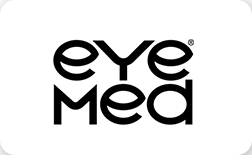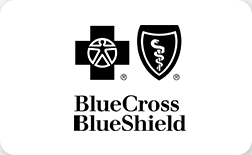Welcome to Innovative Vision Care, now part of the Eyecare Specialties family!
Eyecare Specialties – Belton (Innovative Vision Care)
101 Apple Valley Pkwy, Belton, MO 64012
(816) 578-8004
appointments@eyecarespecialties.biz
Tuesday: 9AM – 6PM
Wednesday: 8AM – 5PM
Thursday: 8AM – 5PM
Friday: 8AM – 5PM
Saturday: By Appointment
Sunday: Closed
Top-notch eyecare is more accessible than ever in Belton now that Innovative Vision Care is part of the Eyecare Specialties family! At our Belton eye care center, experienced optometrists provide personalized treatment and comfortable care for patients of all ages and eye conditions. As a part of Eyecare Specialties, Innovative Vision Care can offer an expanded selection of frames, and we’ve made it easier than ever to get an appointment with more locations to serve our patients.
We believe that high-quality eye care should be an affordable luxury: no one should have to pay a premium to see more clearly. Our personable eye doctors take the time to understand each patient and their needs and determine the services and solutions that will suit best.
Experience the Energy at Innovative Vision Care — Our Partners in Belton
We’ve added Innovative Vision Care as a partner practice in Belton, MO, where our patients can expect quality eye care delivered with passion and attention to your needs.
Eye Care Services in Belton, MO
We offer a wide variety of services at our Belton office, including eye exams, disease management, and emergency eye care. Now that we are part of Eyecare Specialties, our patients can enjoy all the same great services and offerings they’re used to — with an even wider range of solutions and testing options.

Comprehensive Eye Exams & Pediatric Eye Exams
It’s important to always make sure your eye health is up to date because your eyes never stop changing, no matter what age you are. With Eyecare Specialties and Innovative Vision Care’s combined resources, we can offer cutting-edge imaging and diagnostics to discover potential conditions such as glaucoma, cataracts, macular degeneration, and diabetic retinopathy before your eyesight is affected.
We’re happy to offer pediatric eye care services, including children’s eye exams and complementary screenings for eye diseases more common for children. Our staff goes out of their way to make patients of all ages feel comfortable, and our commitment to affordable luxury also includes taking care of the unique eye care needs of our smaller patients.
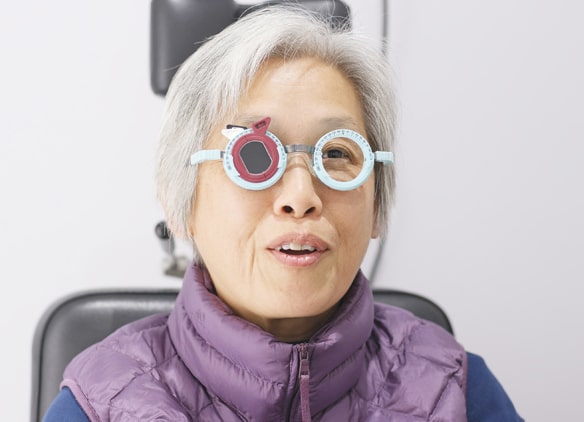
Eye Disease Management
Some eye conditions don’t show symptoms until after vision loss has occurred. Thankfully, even serious eye diseases like macular degeneration, diabetic retinopathy, and glaucoma are easily detected by our optometrists during a comprehensive eye exam.
Our doctors go beyond just diagnosing eye conditions: they are skilled in treating a variety of eye diseases. With Eyecare Specialties and Innovative Vision Care’s pooled resources, we have all manner of solutions at our disposal to create individualized treatment plans.


Eyeglasses & Contact Lenses
Our selection of eyewear was always exceptional, but as part of Eyecare Specialties, we boast one of the largest collections in Missouri. Our opticians are experts at selecting and fitting eyeglasses that are stylish, functional, affordable, and comfortable, whatever a patient’s needs may be.
Choose from designer frame options and beloved brands such as Tiffany, Oliver Peoples, Coach, D&G, Maui Jim, NW 77th, Oakley, and Ray Ban. Our team will make sure you look and feel outstanding in your new prescription eyeglasses, sunglasses, protective wear, or sportswear, while seeing clearer than ever.

Emergency Eye Care
If you think you are experiencing an eye emergency, call us at (816) 578-8004 or click this link, and our team will get you the eye care you need.
Our eye doctors in Belton diagnose, assess, and treat most eye emergencies. As a part of Eyecare Specialties, we offer many advanced technologies and treatments to address eye issues including: redness, itchiness, eye pain, blurry or double vision, lumps on the eye, flashes or floaters, and objects lodged into the eye.
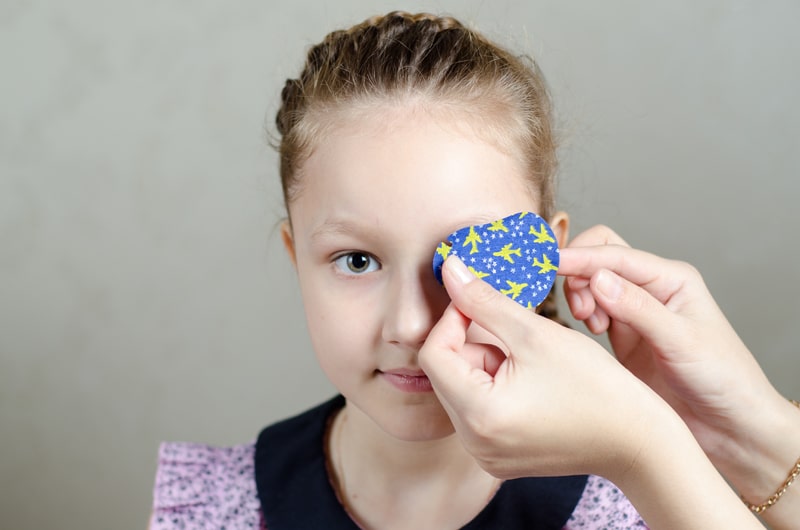
Experienced Belton, MO Eye Doctor
Our talented Belton eye doctor, Aaron Law, O.D., has served the area for years and will continue to do so now that Innovative Vision Care is part of Eyecare Specialties. In fact, this merger has made it easier for Dr. Law to offer more schedule availability and additional diagnostic testing.

Aaron Law, O.D.
Dr. Aaron Law has practiced optometry for more than 10 years and loves to serve his neighbors in Belton, MO. He earned his undergraduate degree from the University of Kansas and his doctorate from The New England College of Optometry, graduating in 2008 with honors. Dr. Law isn’t content to rest on his laurels and remains dedicated to continuing to explore the latest the industry has to offer to ensure his patients always receive the most modern and progressive vision care available.

Aaron Law, O.D.

Aaron Law, O.D.
Dr. Aaron Law has practiced optometry for more than 10 years and loves to serve his neighbors in Belton, MO. He earned his undergraduate degree from the University of Kansas and his doctorate from The New England College of Optometry, graduating in 2008 with honors. Dr. Law isn’t content to rest on his laurels and remains dedicated to continuing to explore the latest the industry has to offer to ensure his patients always receive the most modern and progressive vision care available.
Dr. John Gelvin


Insurances We Accept
Working with you and your insurance provider to help you access industry-leading eye care and eyewear has always been a priority of ours. We’re proud to now be able to accept EyeMed Vision Benefits as part of Eyecare Specialties
Testimonials
Proudly Serving Belton, MO
We’re proud to serve Belton, as well as Raymore, Loch Lloyd, Stilwell, Grandview, Lake Winnebago, Riverview Estates, Peculiar, Coleman, Cleveland, and other surrounding communities.
Whether you’re enjoying the outdoors at Memorial Park, aiming for a low score at Cleveland Lake Disc Golf Course, or spending a day at Springdale Lake, our team at Innovative Vision Care, now part of Eyecare Specialties, will help you enjoy it all with crisp, clear vision.
Driving Directions
Our address is 101 Apple Valley Pkwy, Belton, MO 64012.
If you’re coming from the north, take I-49 S/US-71 S south. Pass by Academy Sports + Outdoors just before taking exit 175 for State Hwy Y toward 163rd St. Turn right onto State Hwy Y and take it for 0.8 mi before turning left onto E North Ave. You will pass by La Nonna Italian Restaurant on your right in 0.3 mi, and then about 500 feet later, turn right onto Apple Valley Pkwy. Immediately turn left into the driveway, then make another immediate left, and we’ll be on your right.
If you’re coming from the south, take I-49 N/US-71 N north toward Kansas City. Take exit 174 toward Belton for 0.4 mi before turning left onto E 171st St. You will pass by Freddy’s Frozen Custard & Steakburgers on your right in 0.2 mi; then continue onto E North Ave. Stay on E North Ave, passing Jose Pepper’s Mexican Restaurant on your right in 0.3 mi, then in 0.2 mi, turn left onto Apple Valley Pkwy. Just ahead, turn left into the driveway then make another immediate left, and we’ll be on your right.
A Wide Range of Services
We provide a number of optometric services for our patients, from eye exams to medical eye care, that keep your eyes healthy and your vision clear. See what we can do for you.
